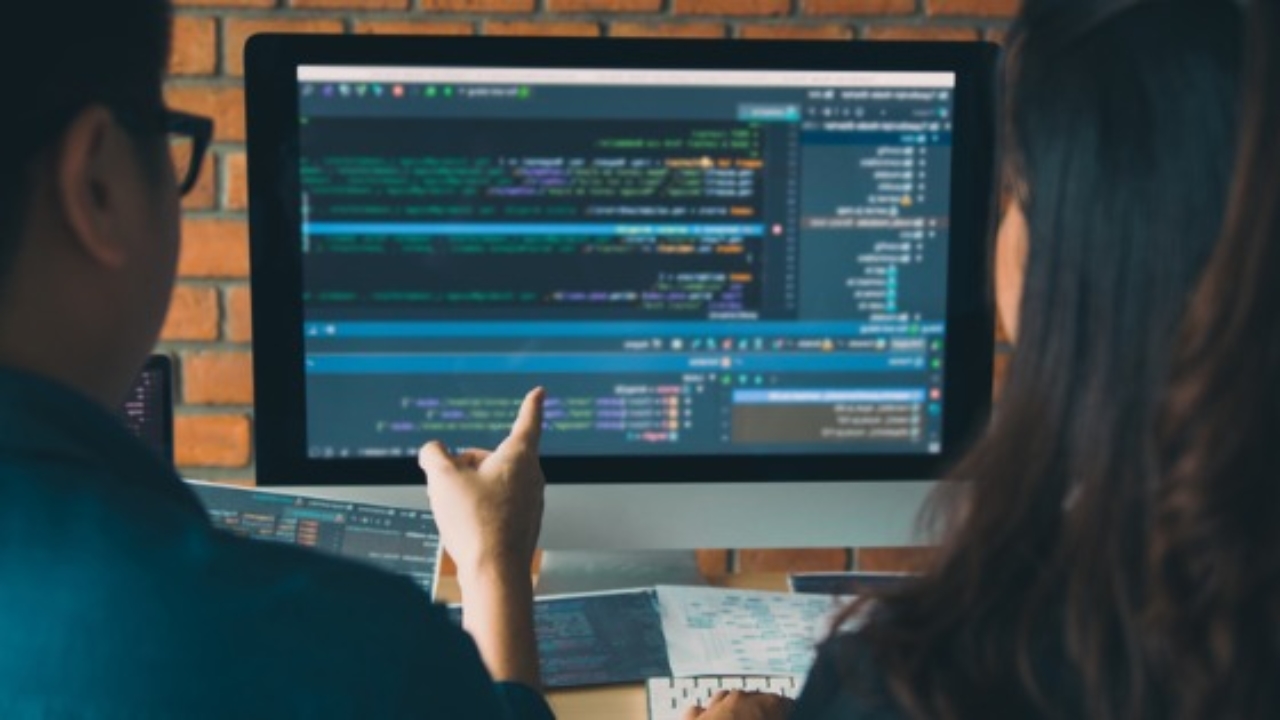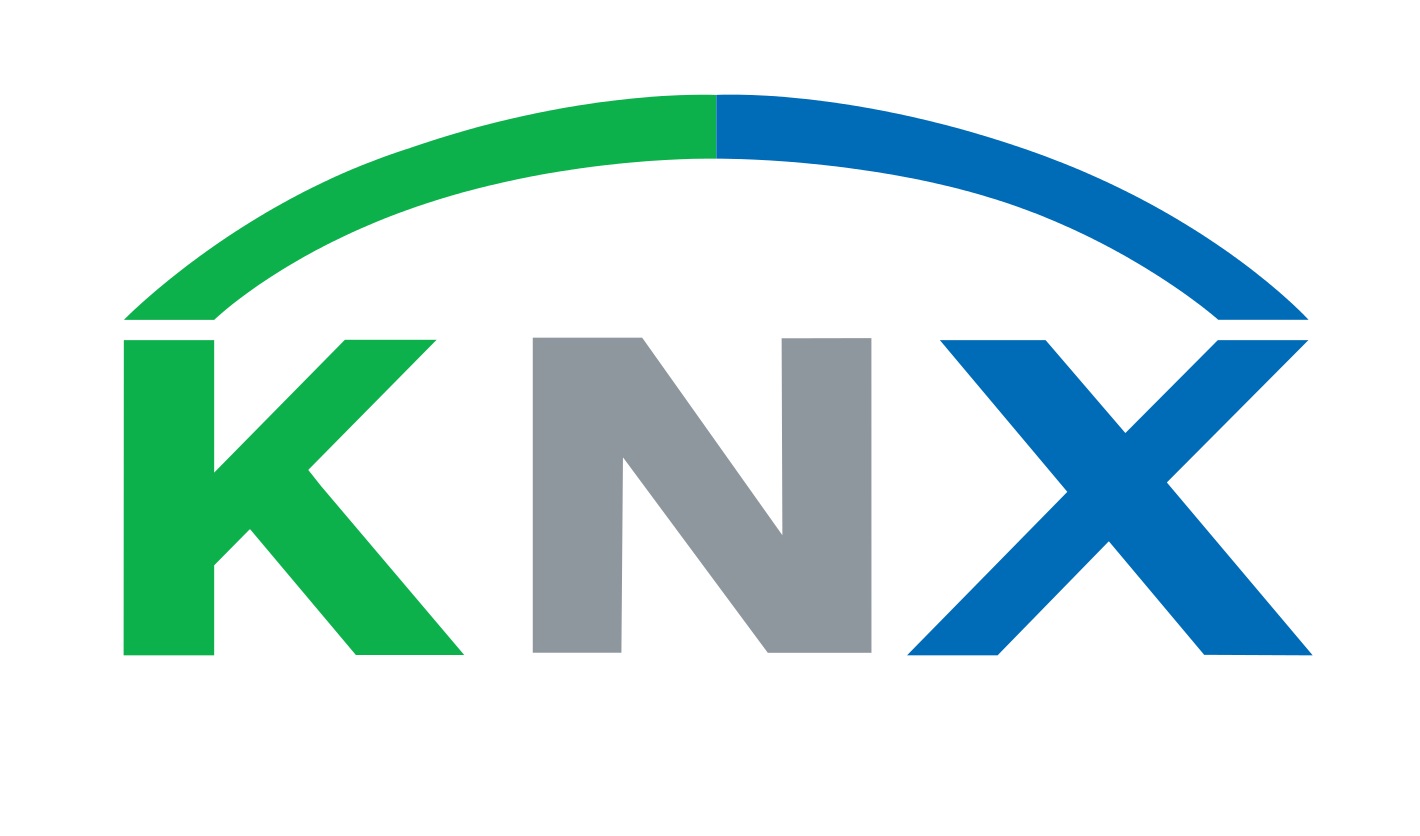Everything about PLC programming
Published

PLC stands for "programmable logic controller". It is a type of industrial control technology that is used in various industrial processes to control and automate machines, systems and production processes.
A PLC is basically a specialized computer that is capable of processing digital input and output signals. These signals can come from sensors that provide information about the status of machines or processes, or they can be sent to actuators that perform physical actions such as switching motors, valves or other devices. The PLC processes the input signals according to a predefined program and generates corresponding output signals to perform the desired actions.
Programming a PLC involves writing software that defines the logic and behavior of the automated system. This programming is often done in special programming languages developed for PLC systems, such as Structured Text (ST), Function Block Diagram (FBD), Ladder Diagram (LD) and Sequential Function Chart (SFC). These languages are designed to represent the sequences in industrial processes in a clear and structured way.
PLC programming is used in various industries, including manufacturing, automation, power generation, Building automation and many others. It enables the control of complex processes that require several components to work together and contributes to increased efficiency, quality assurance and safety in industrial processes.
How complicated is PLC programming?
The complexity of PLC programming can vary greatly depending on various factors such as the type of application, the industry, the size of the project and the experience level of the programmer. Here are some aspects that can influence the complexity:
- Application complexity:** The more complex the system to be controlled or the process to be automated, the more complex the programming will be. Simple tasks such as switching motors on and off can be relatively simple, while complex processes with many different states, circuits and sequences require more sophisticated programming.
- Programming language:** There are several programming languages that can be used in PLC programming, such as Ladder Diagram (LD), Structured Text (ST), Function Block Diagram (FBD) and Sequential Function Chart (SFC). Some of these languages are more intuitive for certain tasks, while others require deeper programming knowledge.
- Programmer experience:** Experienced PLC programmers are often able to tackle complex tasks more efficiently and find better solutions. Beginners may need more time to familiarize themselves with programming and learn the optimal approaches.
- System integration:** If the PLC needs to be integrated with other systems, sensors, actuators or databases, this can increase complexity. Programming may need to take interfaces and communication protocols into account.
- Error handling and safety:** Adding error detection, error handling and safety logic can make programming more complex, as the system must be able to react to unforeseen events or malfunctions.
- Documentation and standards:** Large projects often require extensive documentation and compliance with standards. This can make programming more complicated as it requires additional work steps.
Overall, it can be said that basic PLC programming for simple tasks is relatively easy to learn. However, more complex applications usually require deeper knowledge of programming languages, industrial processes and the hardware used. Experience and training also play a major role in mastering more complex programming tasks.
What requirements must be met to master PLC programming?
To successfully master PLC programming, there are a number of requirements that should be met. Here are some important aspects:
- Basic understanding of control engineering: It is important to have a basic understanding of control systems, automation and industrial processes. This includes concepts such as sensors, actuators, circuits, control technology and process flows.
- Knowledge of electrical engineering and electronics:** A basic understanding of electrical circuits, signals, voltages, currents and protective measures is helpful. This is particularly important as PLC programming is often associated with the control of electrical devices and motors.
- Programming skills: An understanding of programming basics is necessary to learn PLC programming. Even if extensive programming knowledge is not required, the basics of logic, variables, conditions and loops can be helpful.
- Knowledge of the PLC hardware and software used: Different manufacturers offer different PLC hardware and software. It is important to familiarize yourself with the specific hardware and the associated programming environment.
- Understanding of the programming languages used: Depending on the PLC platform, different programming languages such as Ladder Diagram (LD), Structured Text (ST), Function Block Diagram (FBD) and Sequential Function Chart (SFC) can be used. An understanding of these languages is necessary in order to create the logic for the controller.
- Problem-solving skills: PLC programming requires solving technical problems and developing efficient solutions. Good problem-solving skills are an advantage in order to recognize and correct programming errors.
- Experience: Experience is an important factor in mastering complex PLC programming tasks. Over time, you gain a better understanding of the various challenges and best practices.
- Willingness to learn and further training: PLC programming technology and methods continue to evolve. Continuing education and a willingness to learn new concepts and technologies are critical to staying up to date.
- Communication skills: In many cases, PLC programmers work as part of a team, having to collaborate with engineers, technicians and other professionals. Good communication skills are important to understand requirements and discuss solutions.
Ultimately, mastering PLC programming requires a combination of technical knowledge, practical experience and a willingness to learn. A solid understanding of the underlying concepts and the ability to put them into practice are the keys to success in this field.
How does PLC programming differ from microcontroller programming?

Programming is not always easy / Source: pexels.com
PLC programming and microcontroller programming are two different approaches to controlling and automating systems, each used in different contexts and applications. Here are some key differences between the two:
Area of application:
- PLC programming: PLC stands for "programmable logic controller" and is mainly used in industrial environments to control and automate machines and production processes. PLC systems are designed to work reliably and robustly in industrial environments.
- Microcontroller programming: Microcontrollers are used in a wide range of applications, including embedded systems, electronics projects, IoT devices and many others. Programming microcontrollers enables the control of electronic components and the execution of specific functions.
Hardware:
- PLC programming: PLC systems consist of special control devices that are designed for industrial environments. They often offer robust hardware with digital and analog inputs and outputs that are used to control sensors and actuators.
- Microcontroller programming: Microcontrollers are integrated circuits that contain a combination of processor, memory and input/output interfaces on a single chip. They can be used in a wide range of electronic devices and projects.
Programming languages and environments:
- PLC programming: PLC systems use specialized programming languages such as Ladder Diagram (LD), Structured Text (ST), Function Block Diagram (FBD) and Sequential Function Chart (SFC), which are tailored to the needs of industrial control.
- Microcontroller programming: Depending on the platform and programming language, microcontrollers can be programmed in C, C++, Python and other programming languages.
Complexity:
- PLC programming: PLC programming often specializes in the control of machines, systems and industrial processes. The logic focuses on automating certain processes and ensuring that the systems remain in a predictable and safe state.
- Microcontroller programming: Microcontroller programming can range from simple circuits to complex IoT applications. The logic can be more diverse here, as the areas of application are broader.
Overall, PLC programming and microcontroller programming can be distinguished due to their different application areas, hardware and programming languages. The choice between the two depends on the requirements of your specific application.








